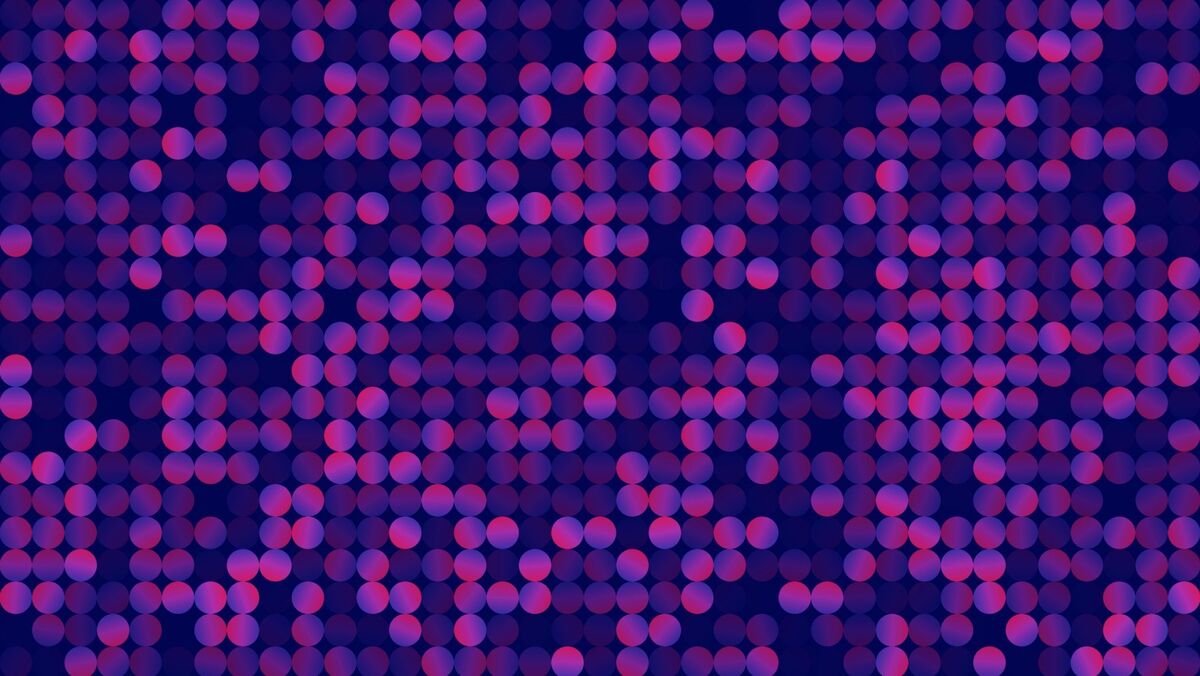Dave's story: Microphthalmia
Dave was diagnosed with microphthalmia as a child and joined the 100,000 Genomes Project in March 2017. He is a member of the independent Participant Panel and is currently the Chairman of the Patient and Public Voice (PPV) Panel for the North West Genomics Medicine Service Alliance (GMSA).

About Microphthalmia
Microphthalmia is when one or both of a baby’s eyes are small. It is a rare condition and can cause vision loss or blindness.
It is reported in up to 11%
of childhood blindness worldwide.
Management of the condition currently focuses on
preserving and maximising any existing vision and enhancing cosmetic appearance.
Dave's story

Dave was born with limited central vision in his left eye only. His mother noticed early on that he had a sight condition, with Dave having to turn his head to see and hear things. When he was 9 months old, he was taken into hospital and his mother was told that Dave was very visually impaired and had microphthalmia – a condition that affects the development of the eyes and causes progressive sight loss.
Dave’s vision worsened when he was an undergraduate at university and had a knock to the back of the head that dislodged the lenses in both of his eyes. He needed surgery to have them removed and was prescribed glasses from that point onwards.
In 2015, Dave’s vision started deteriorating further and he was told that he now had a condition called optic atrophy, which causes vision loss because of a deterioration in the retinal calls and optic nerve damage.
Dave says: “At that point they told me that I was going blind, after which I left work and went through a period of retraining. Naturally a lot of eye appointments followed and I was keen to know what would happen next and what I could expect.”
Getting a diagnosis
It was at one of Dave’s appointments in 2017 that he was told about the 100,000 Genomes Project, which he agreed to join in the hope of finding answers as to why his rare genetic eye condition was deteriorating and what this might mean for him and his family.
Dave remembers: “I was told by the genetic counsellor that the technology was all very new, that I wouldn’t be able to have all the answers and that if there were results they likely wouldn’t come straight away.”
Dave has not received a genetic diagnosis or been informed of any additional findings so far, but he is grateful that the initiative gave him a route to be able to help patients and participants:
“I haven’t given up on receiving a genetic diagnosis that provides more clarity on my condition. But in any case, I am glad that I’ve had the opportunity to become a patient and participant advisor within genomics medicine, both nationally and regionally. I’ve been able to represent the patient and public voice and ensure that our experiences and our voices are heard as genomics medicine advances.”
Living with Microphthalmia
Dave currently has very limited vision in his left eye and can only see hand movements in his right eye. He also only has central vision and uses a white cane if he is out at night or travelling alone.
He says: “My condition is fluctuating, meaning I have good and bad days. I’m a big believer in the importance of flexibility and in being resilient. If you want to be resilient, you need to be philosophical and find ways around things that you used to do and employ the right coping strategy or strategies that are right for you. But it’s a two-way street in that as a society, we also must support people to be able to do that. For example, through things like employers and service providers offering reasonable adjustments as standard and always having accessibility in mind.”
How whole genome sequencing can help those with microphthalmia
Whole genome sequencing and genomic research can help researchers around the world to learn more about microphthalmia. With this knowledge, other people in future may be able to benefit from answers to questions they may have about their health and, potentially, new treatments that could be developed from a greater understanding of this condition.
For Dave, both honesty and realism are important when it comes to whole genome sequencing: “There’s still so much that’s unknown about the human genome, and I’m keen that people understand that. I always liken it to a Russian doll. We don’t have all the answers and we’re on a journey of learning about the genome and why it does what it does. We will get to that point eventually, where our understanding expands further, but it will take time.
“Patients and participants have to be partners as all these exciting advances take place. Co-production and working together with the research community is a must.”